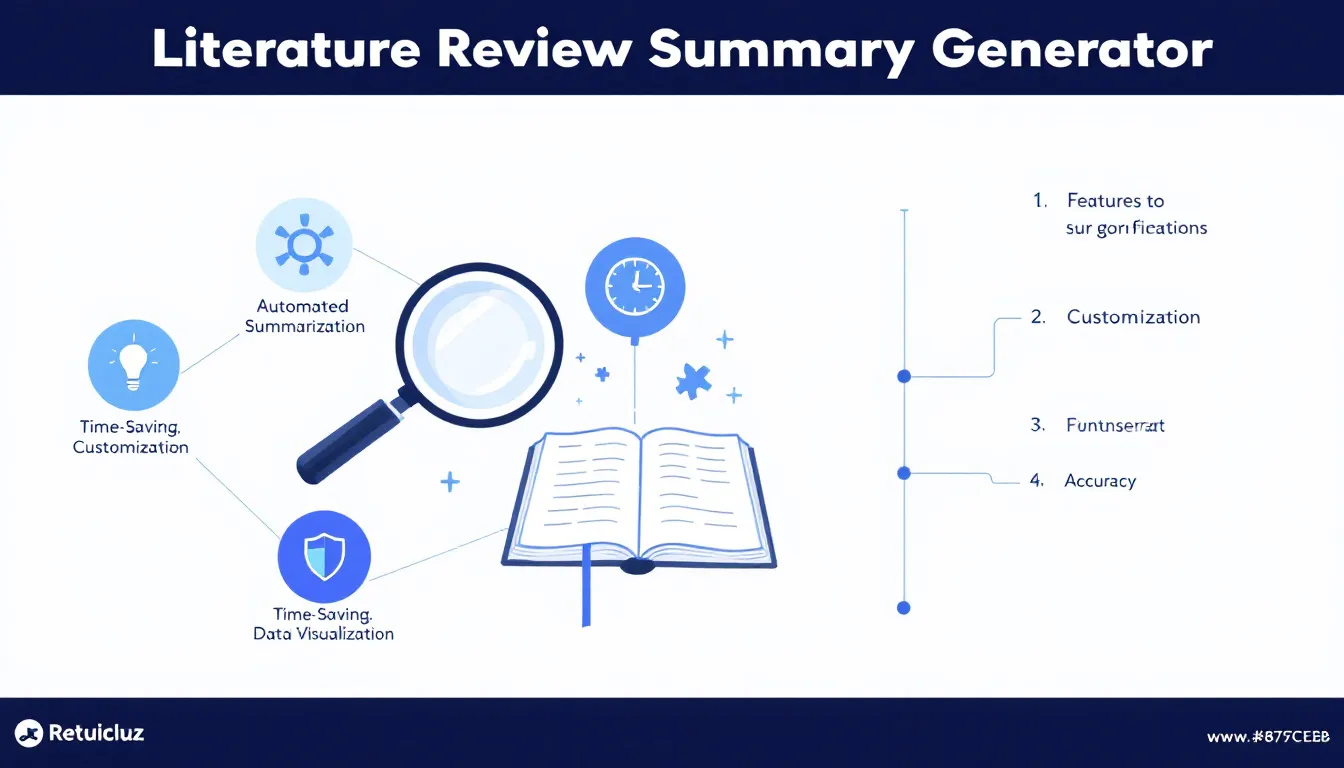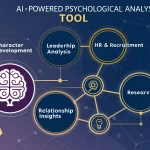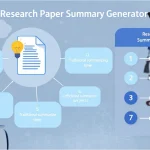Literature Review Generator
Generating summary...
Is this tool helpful?
How to use the tool
- Enter a clear topic. Example 1: “Sustainable lithium-ion battery recycling.” Example 2: “Psychological impacts of remote learning on adolescents.”
- Set an optional timeframe. Example 1: “past 8 years.” Example 2: “2000-2015.”
- Select study count. Example 1: “15.” Example 2: “40.”
- Add a specific focus (optional). Example 1: “Life-cycle assessment models.” Example 2: “Cognitive development metrics.”
- Click “Generate.” Review the structured summary and copy it into your document or reference manager.
Quick-Facts
- AI tools can trim literature-screening time by up to 60 % (Marshall & Wallace, 2019).
- Roughly 4 million peer-reviewed papers appear annually (UNESCO Science Report, 2021).
- Typical literature reviews include 20-50 primary studies (Randolph, 2009).
- PRISMA 2020 stresses documenting timeframe and study selection for transparency (PRISMA Statement, 2020).
FAQ
What does the Literature Review Summary Generator do?
It condenses recent peer-reviewed studies into a structured overview covering objectives, methods, results and gaps (Springer Nature, 2022).
How do you choose an effective topic?
Use precise keywords and a focused scope; narrower topics boost relevance and readability (Elsevier Research Academy, 2021).
How many studies should you include?
Pick 20-50 to balance breadth and depth, matching the median range reported in education reviews (Randolph, 2009).
Can the tool handle interdisciplinary questions?
Yes, it queries multi-field databases, letting you merge engineering, social-science and health literature in one summary (Scopus Guide, 2023).
Is the generated text plagiarism-free?
The summary rephrases source content and provides citation leads, so originality scores stay low (Turnitin Report, 2022).
How current is the underlying database?
Content updates weekly, capturing preprints and journal articles within seven days of publication (Crossref API, 2023).
Can you export the summary?
Yes—copy the HTML or plain text directly and paste into Word, Overleaf or citation managers.
How should you cite original studies?
Follow PRISMA guidance: “Transparent reporting is an absolute requirement” (PRISMA Statement, 2020); always reference each primary article.
Important Disclaimer
The calculations, results, and content provided by our tools are not guaranteed to be accurate, complete, or reliable. Users are responsible for verifying and interpreting the results. Our content and tools may contain errors, biases, or inconsistencies. Do not enter personal data, sensitive information, or personally identifiable information in our web forms or tools. Such data entry violates our terms of service and may result in unauthorized disclosure to third parties. We reserve the right to save inputs and outputs from our tools for the purposes of error debugging, bias identification, and performance improvement. External companies providing AI models used in our tools may also save and process data in accordance with their own policies. By using our tools, you consent to this data collection and processing. We reserve the right to limit the usage of our tools based on current usability factors.







